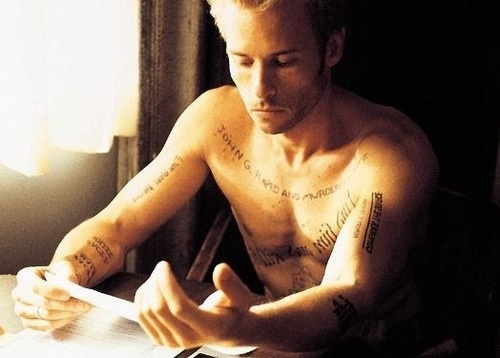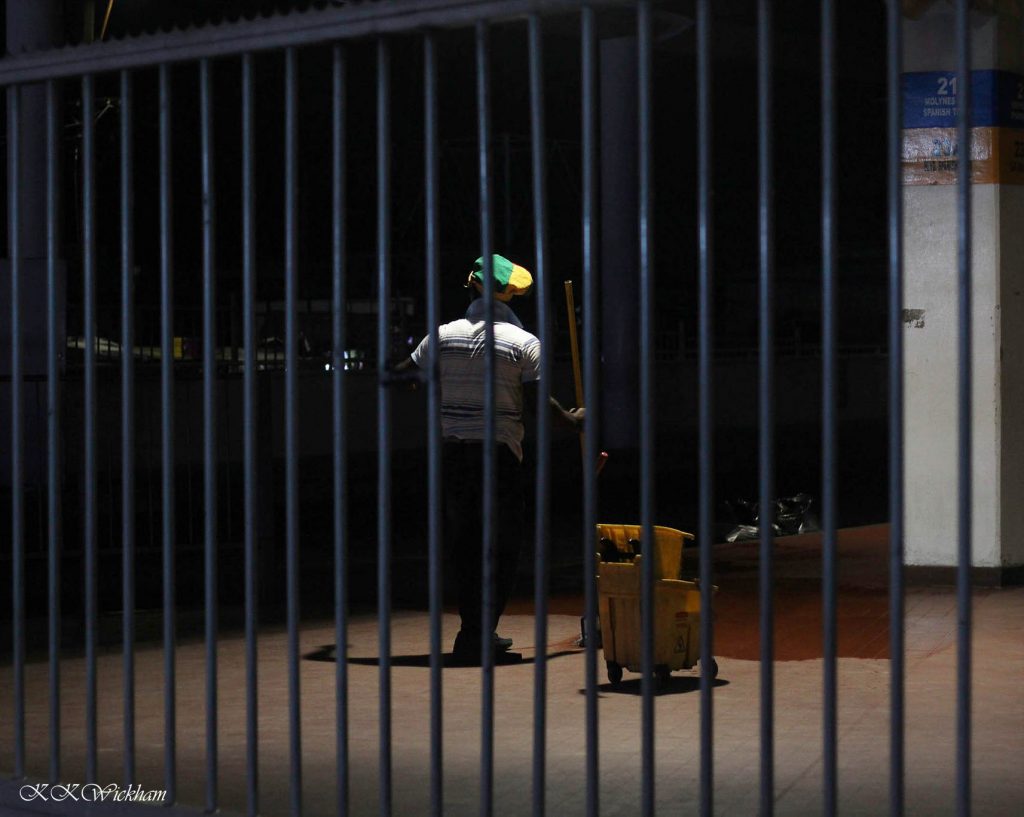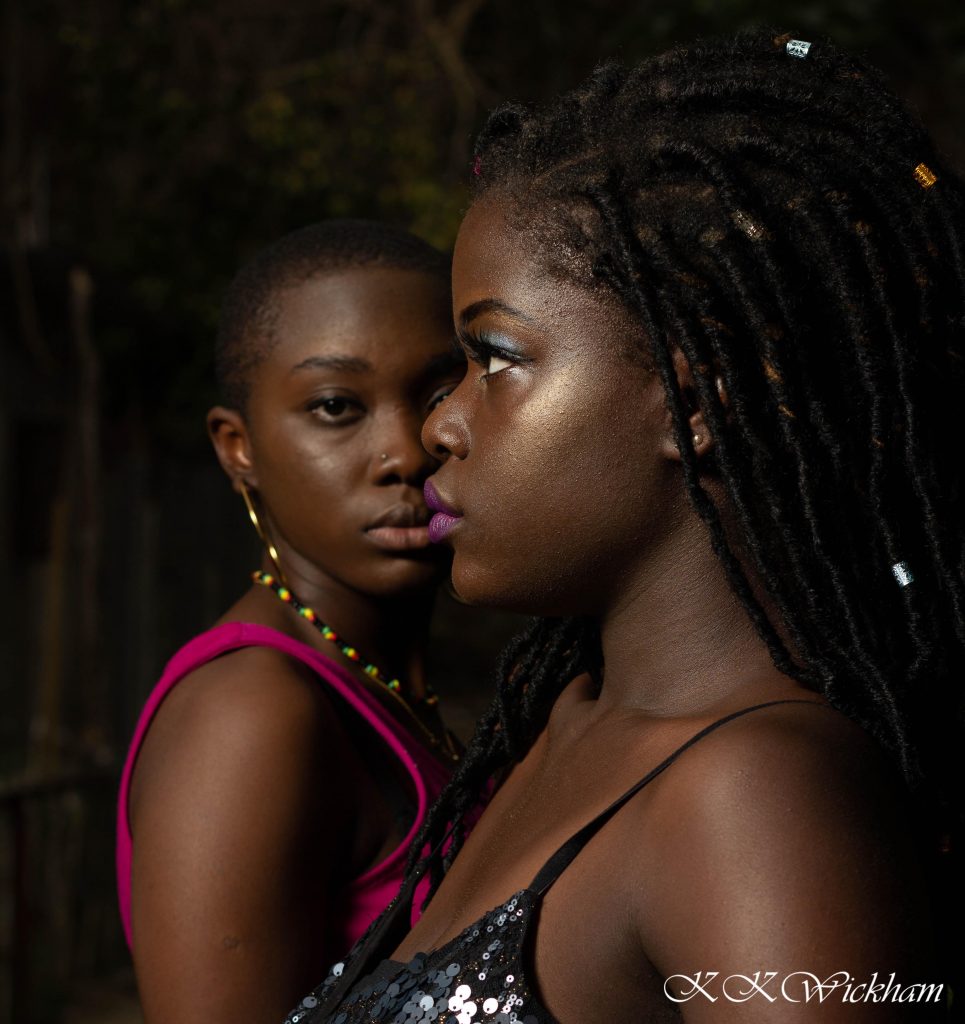So I had brainstormed a kooky idea awhile back, and although I haven’t consistently followed through with that promise of mine, I told myself I’d get a head start in photography by going out each Saturday and taking street portraits. Of course with a handy-dandy “photog” partner that humour encourages my selection process by giving me a string, crystal and map to locate ideal locations, I’m honing my composition skills into the likes of Laura Ferreira and Kirsty Mitchell (fingers crossed).

These photo-runs go somewhat how you’d expect street photography to be, except for a street, more bush and 100% more luck till you call it skill. So after everything is said and done, here are a few things I’ve learnt along the way.

Lighting
Light, whether artificial or natural, is truly your friend. You can highlight a subject’s best features with the softest of lights, or catch the subject at its most extreme when hard light shines across its surface. In borrowing from principles in video composition and storytelling, experts say lighting cues the audience in on the “intent” of a character on screen. I believe that the same idea may even apply here, given the only difference between video and photography is that one form would be moving while the other remains still.
The first challenge to face, but a pretty straight forward moment of finalizing your vision, is learning how to control light. Using the explanation offered by Digitalcameraworld.com, under their article “Photography Lighting: how to take control of everything from natural light to flash“, there are three primary characteristics of light that affect how your final image will come out. These are how harsh or soft that light source is, what direction will your light come from, and what colour will your light be when it shows in the photo.

Honestly speaking, I can’t say things any better than how the article put it. You’ll have to take my word for it that these lighting truths will never change in the history of photography. However, once you’ve tattooed these “truths” across your chest, you’ll be better equipped to experiment from the standpoint of knowledge, than say… hoping a cloud comes by to block the asshole sun. Sometimes you just need some truths to be consistent, to not be stuck waiting at the starting line.

Focus
How’s your arm strength? Or your balancing act? Maybe you’ve finally gotten your honorary gymnasts card. Whatever you did to get there, I know the most significant accomplishment you’ll feel is seeing your image as clear and crisped as you imagined it. Not having your viewers guess what your main subject is a good start in knowing how vital focusing is. I know I have fallen short by just clicking the shutter button and calling it a matter of creative difference. But hearing the murmurs of confusion and criticism made me accept that every image, story, and vision needs a clear point of focus.
When I started, I would just snap away, wanting to get everything in my shots as I saw them. After a few 100 shots I’d realize 70 of them were unusable because they were all out of focus. I have done squats, leans and holding my breath to get stable hands over the time, but the better thing to do in the end was just placing my camera on a flat surface and increasing my shutter speed to “beat” the shake. Of course, most techniques will come with their benefits and quirks, but then that’s what new accessories like a tripod and a lens with a wider aperture helps with on those rough days. This article, Camaera Shake with Hand-held Photos, from Cambridgeincolour.com, pretty much explains everything and more.
Moving away from the literal, the concept of focusing may also ask you, “what is your main story?” What is the “obvious” thing you want your viewers to notice? How do you position elements in the frame to focus on one or more components, while not distracting away from the story? You’ll need to read up a bit on “Rules of Composition” to get this next part I’m saying. Ground yourself on focusing on the first image that grabbed your attention to take your camera out. Working towards being more focused in your vision will be another testament to you building compelling portraits.

Sunrise/Sunset
I cannot stress enough the importance of getting up at the ass crack of dawn, or in the evening at buffet hour for the mosquitoes. You will hate it the first time, and arguably the second time, but once you see that shot after you made an effort to avoid the sun, you’ll want to stick it out and just walk with Milo tea and bug spray in hand next time around.
Fun and joke aside, street shots can be done at any hour of the day, but the best kind of photos are the ones with less outside problems. Over-exposure photos can be saved, and pros will tell you it’s better be over exposed than under, but what you are left with is a lot of Photoshop manipulation to get back to the perfect shot. You may get lucky days where the clouds are out, and you get pockets of sunshine, but then why stress from the added problems than just getting it right the first time.
Having that option of control allows you to play and manipulate your shots, even as the light changes, while also allowing you a chance to experiment with what you wanted on focus. Now look at that, everything comes full circle after all.


0 Comments